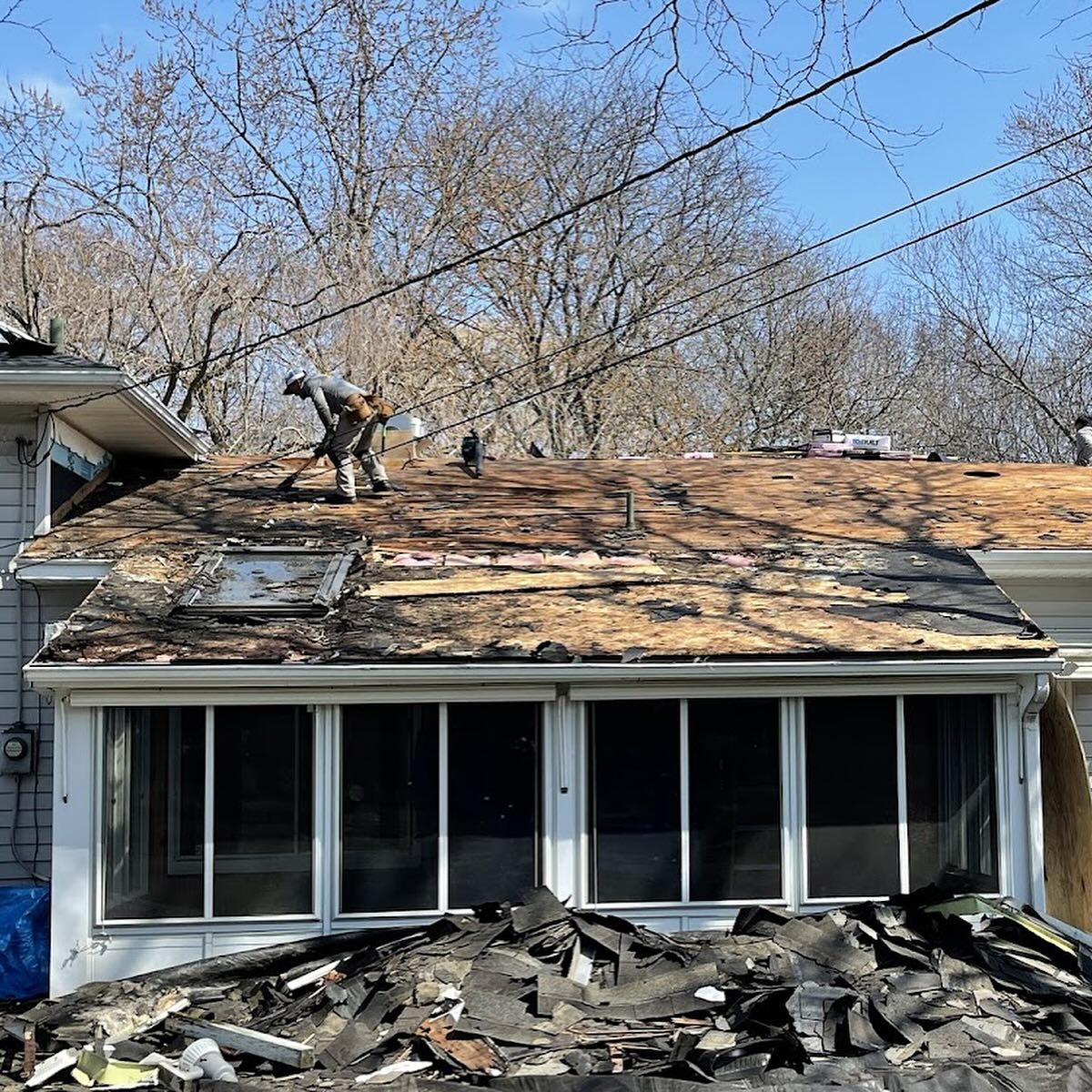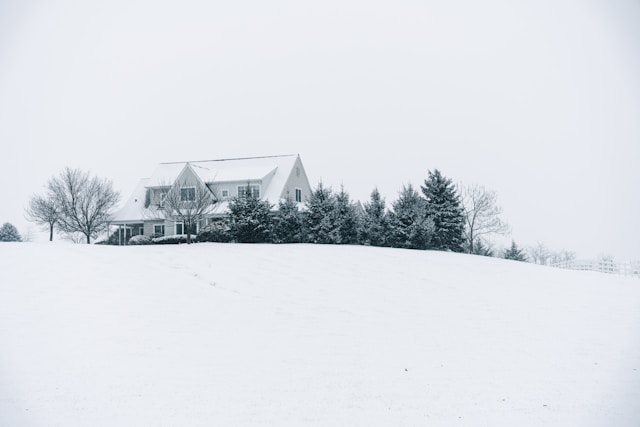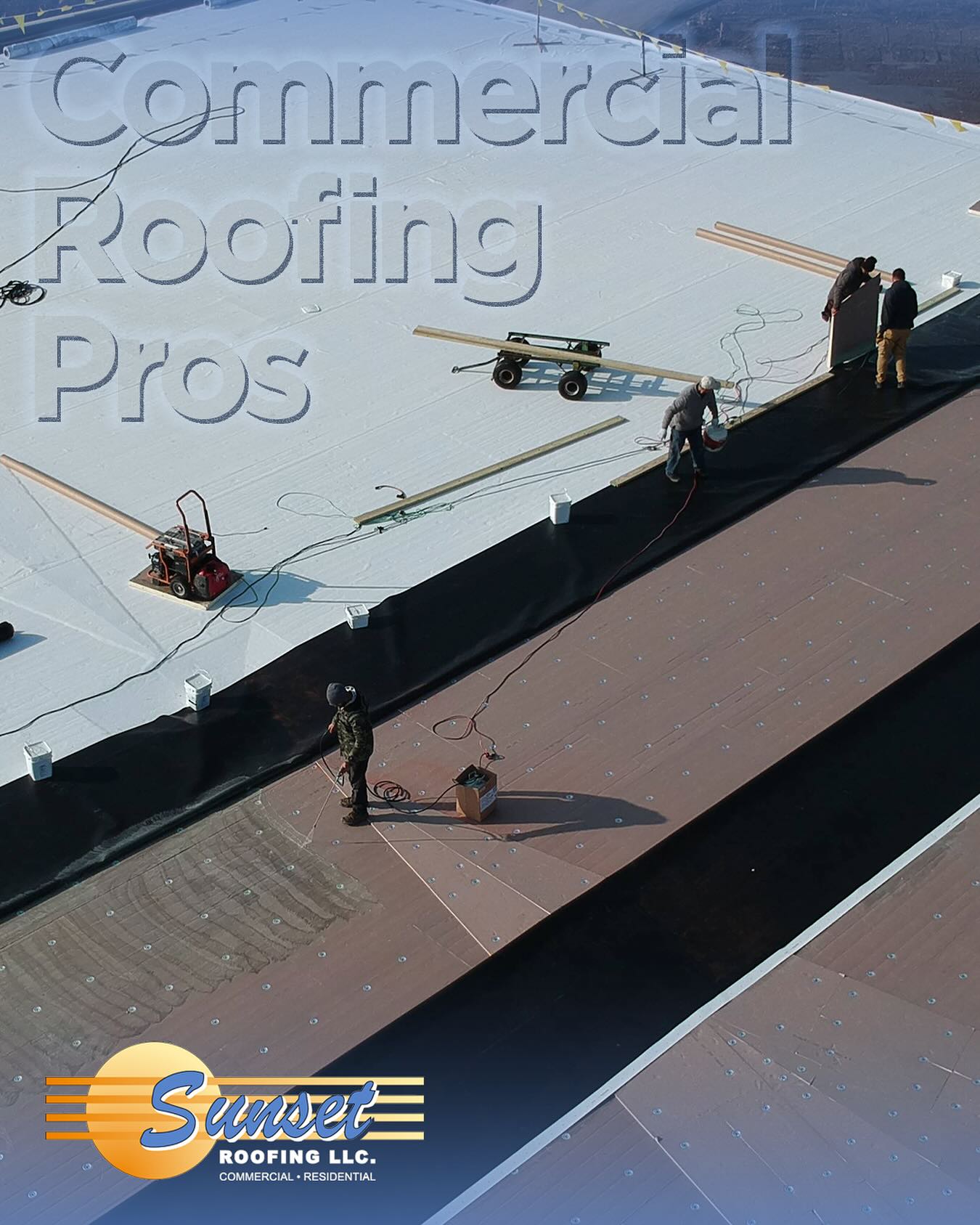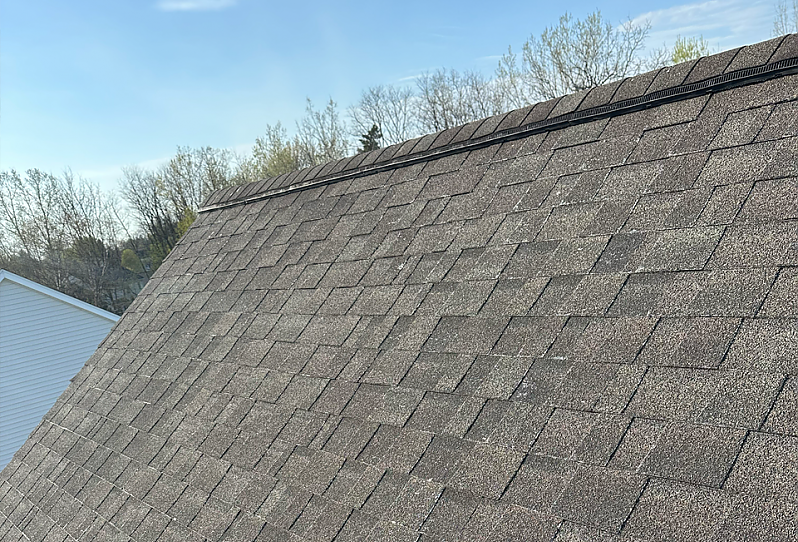Blog

Rochester winters are nothing if not ruthless. Between heavy snowfall, ice dams, and freezing temperatures, your roof endures significant stress over the course of the season. Add a wet spring with driving rains and rapid freeze-thaw cycles, and small issues can quickly turn into major problems. While visible damage—missing shingles or obvious leaks—can be identified from the ground, hidden damage often goes unnoticed until it’s too late.
At Sunset Roofing, we recommend a professional roof inspection each spring to catch these concealed issues before they lead to costly repairs. In this article, we’ll explore how to identify hidden roof damage and what steps you can take to protect your home.
1. Inspect Your Attic for Signs of Moisture
Many hidden roof leaks first manifest in the attic. After winter and a wet spring, check your attic for:
- Water stains on rafters or roof sheathing
- Damp or discolored insulation indicating moisture intrusion
- Mold or mildew growth on wood or insulation
- Musty odors that suggest persistent dampness
If you notice any of these signs, it’s time to schedule a professional inspection. Early moisture detection can prevent rot, structural damage, and unhealthy indoor air quality.
2. Examine Shingles for Granule Loss and Curling
Asphalt shingles are coated with mineral granules to protect against UV rays and impact. Over time, especially after ice and hail, these granules wear off. From the ground or a safe vantage point:
- Look for granule buildup in gutters or at the base of downspouts
- Check for bare spots on shingles where granules are missing
- Identify curling or buckling shingles along the edges
Granule loss and shingle deformation compromise your roof’s ability to shed water and withstand UV damage. If you see these warning signs, consider a detailed evaluation and repair options.
3. Look for Rusted or Damaged Flashing
Flashing—metal strips around chimneys, vents, and valleys—seals critical joints against water intrusion. After harsh winter conditions, flashing can become cracked, loose, or rusted. To inspect flashing:
- Observe areas around chimneys, skylights, and plumbing vents for gaps
- Look for rust stains or corrosion on metal flashing
- Check for sealant deterioration where flashing meets roofing materials
Damaged flashing often hides leaks until interior damage appears. Protect your investment by requesting a free flashing assessment from our experts.
4. Identify Signs of Ice Dam Damage
Ice dams form when heat escaping from the attic melts snow, which then refreezes at roof edges. The trapped water can seep under shingles, causing decking rot and leaks. Hidden indicators of ice dam damage include:
- Water stains on interior walls just below the roofline
- Peeling paint or blistering near the ceiling
- Localized roof sagging due to rot beneath the surface
If you suspect ice dam-related issues, address attic ventilation and insulation to minimize repeating the problem, and schedule a roof repair consultation.
5. Check Gutters and Downspouts for Blockages
Clogged gutters can conceal roof problems by allowing water to back up under the shingles. After spring runoff:
- Clear any debris from gutters and inspect for shingle granule accumulation
- Ensure downspouts direct water away from your foundation
- Look for wildlife nests or plant growth that may hide leaks
Maintaining clear gutters protects both your roof and home exterior. Consider adding a gutter maintenance plan when you schedule your next roof service.
6. Assess Roof Valleys and Low-Slope Areas
Roof valleys and low-slope sections naturally collect more water and debris. Inspect these areas for:
- Debris buildup that retains moisture
- Granule loss where water flow is highest
- Membrane cracking or wear on flat roof sections
Valley damage often goes unnoticed until heavy rains cause leaks. If your property includes flat or low-slope sections, be sure to have these professionally inspected as well.
7. Monitor Interior Ceilings and Walls
Finally, interior clues can reveal hidden roof issues. After winter and spring storms, check your home for:
- Water stains on ceilings or upper walls
- Peeling wallpaper or bubbling paint
- Dark spots that grow after rainfall
Visible interior damage often indicates advanced leaks. Protect your home’s structure and health by scheduling a comprehensive roof and interior inspection today.
Why Choose Sunset Roofing for Your Spring Inspection?
With over 40 years of experience serving Rochester, Sunset Roofing combines local expertise with top-quality materials and workmanship. Our spring inspection includes:
- Detailed attic and exterior assessments
- Comprehensive damage reporting
- Clear cost estimates for repairs or replacement
- Follow-up maintenance plans to protect your investment
Don’t let hidden damage undermine the security and value of your home. Call 585-538-6086 or request your free estimate online to ensure your roof is in peak condition.
Prepare Your Roof for Rochester’s Next Season
Catching hidden roof damage early is the smartest way to avoid emergency repairs and extend the life of your roofing system. This spring, invest in a professional inspection and give your home the protection it deserves.
Protect your roof and peace of mind today—schedule your spring roof inspection now.
‹ Back








